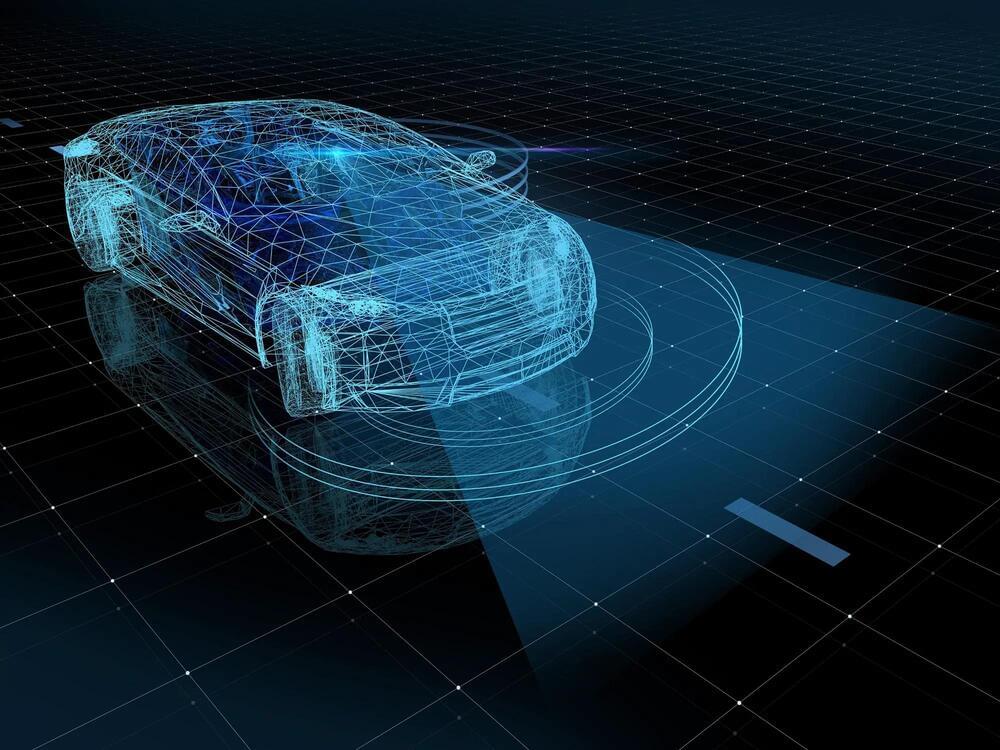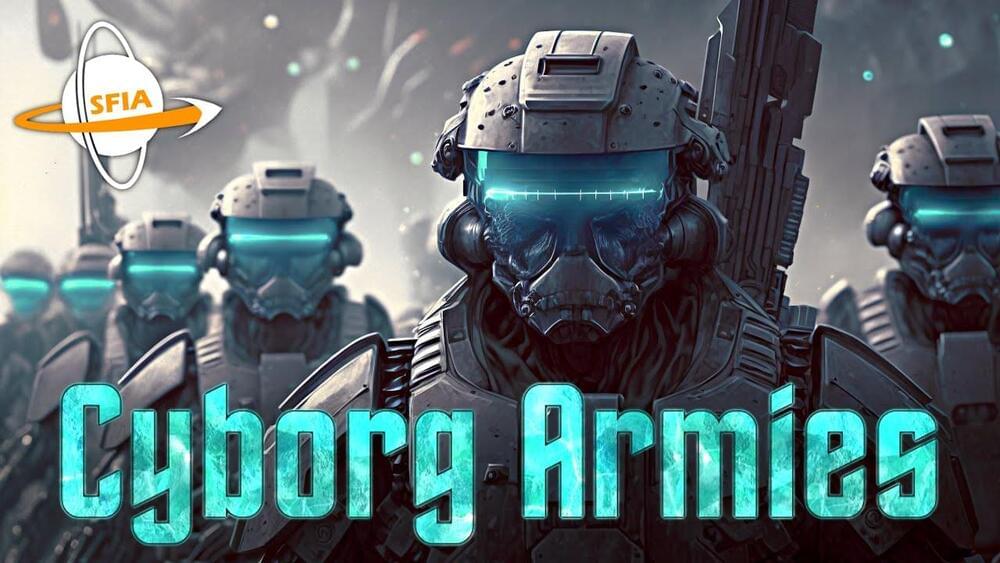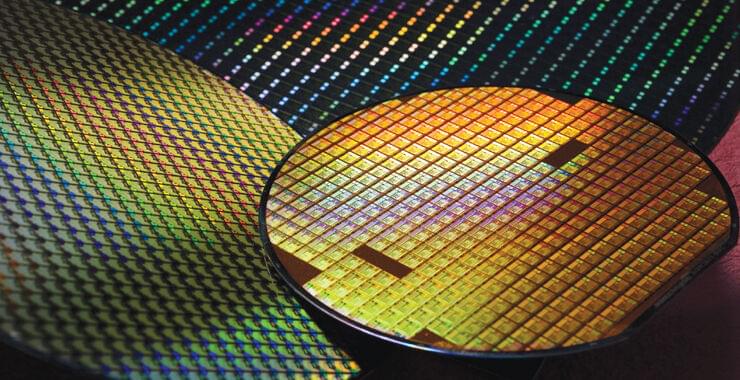This research topic consists of 148 articles on various aspects of brain augmentation contributed by more than 600 authors. At the time of writing, the articles have been viewed online more than 1.3 million times and received plentiful citations in the scientific literature. The topic won the 2017 Frontiers Spotlight Award.
The topic theme, “Augmentation of brain function,” is an umbrella term for the approaches from different disciplines, aimed at the improvement of brain performance in both healthy people and patients suffering from neurological disabilities. Functions of the brain that scientists hope to augment belong to sensory, motor and cognitive domains. Brain enhancements could be achieved pharmacologically or using neurostimulation. Functional improvements can be also achieved with brain training techniques that employ modern technologies like computer games and virtual reality. Furthermore, brain performance can be augmented using brain-machine interfaces (BMIs), the pathways that connect neuronal circuits to external assistive devices, such as limb prostheses, exoskeletons, and communication aids. In addition to sending commands to external devices, BMIs can enable bidirectional communications, where artificial sensory signals are delivered to the brain while information is being decoded from neural recordings.
Even though many of the brain-augmenting ideas sound like science fiction, the topic authors feel optimistic about most of them. The overall consensus is that brain performance can be improved with artificial components, and this approach will lead to practical applications in the not-too-distant future. Many of the techniques covered in the topic, for example BMIs and noninvasive stimulation, have already experienced an explosive development. While expectations are high for the augmentation approaches, philosophers are warning about the ethical issues related to technologies that interfere with the mind, possibly in unpredictable ways. Although some of these concerns seem far-fetched, it is important that ethical standards are kept high as these revolutionary brain-augmenting methods are being developed.

















